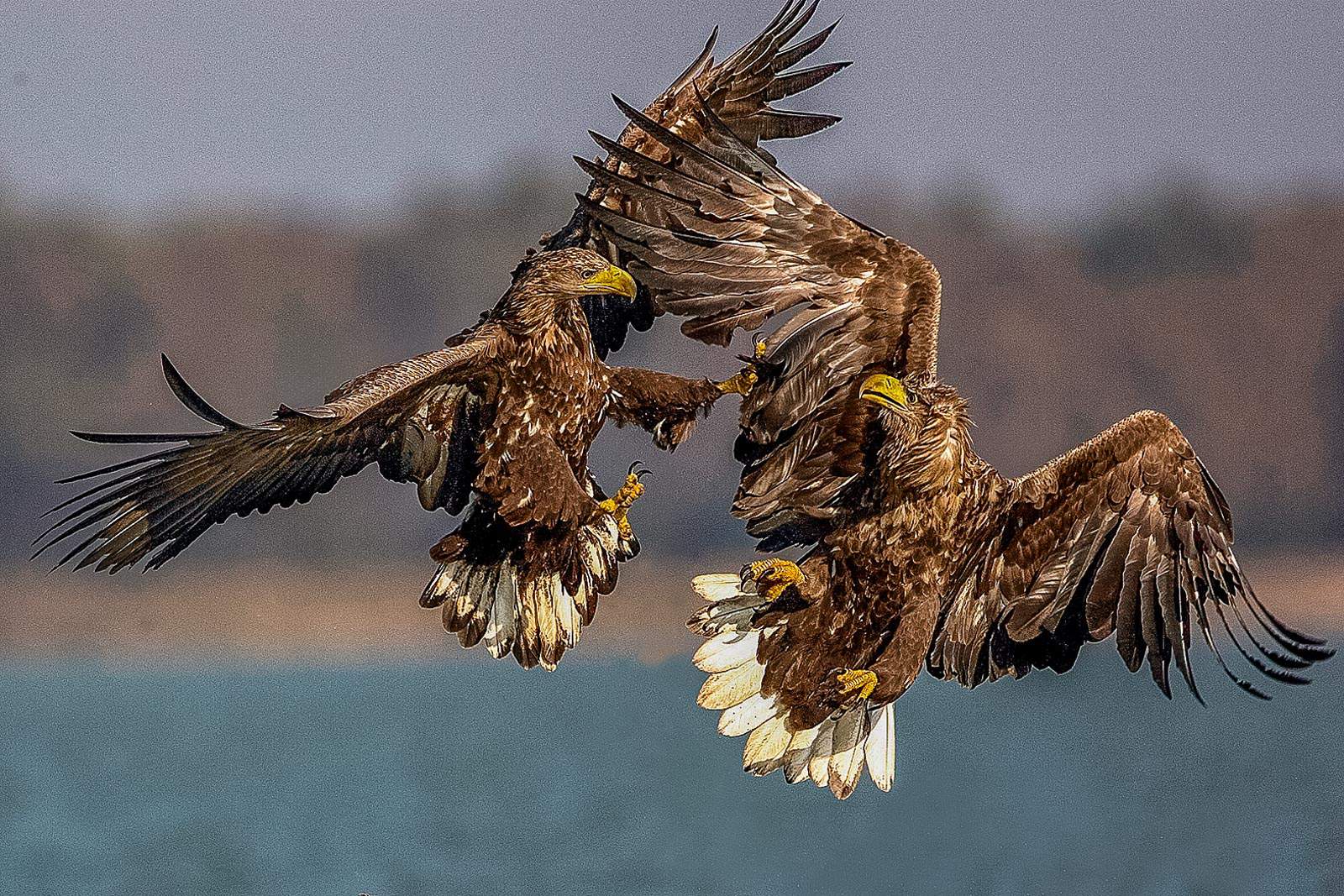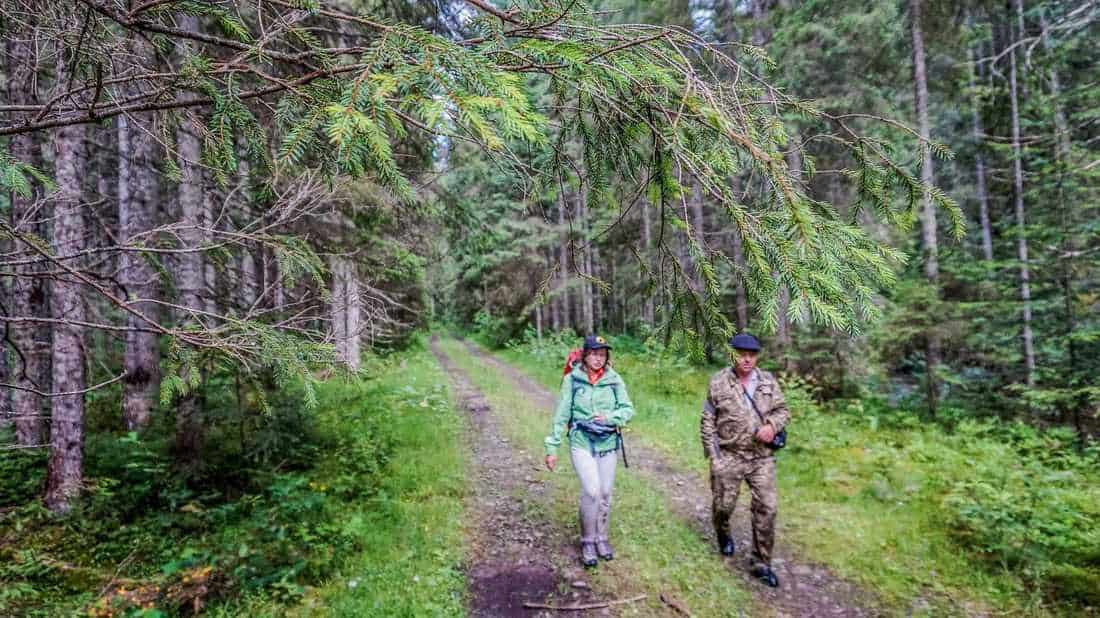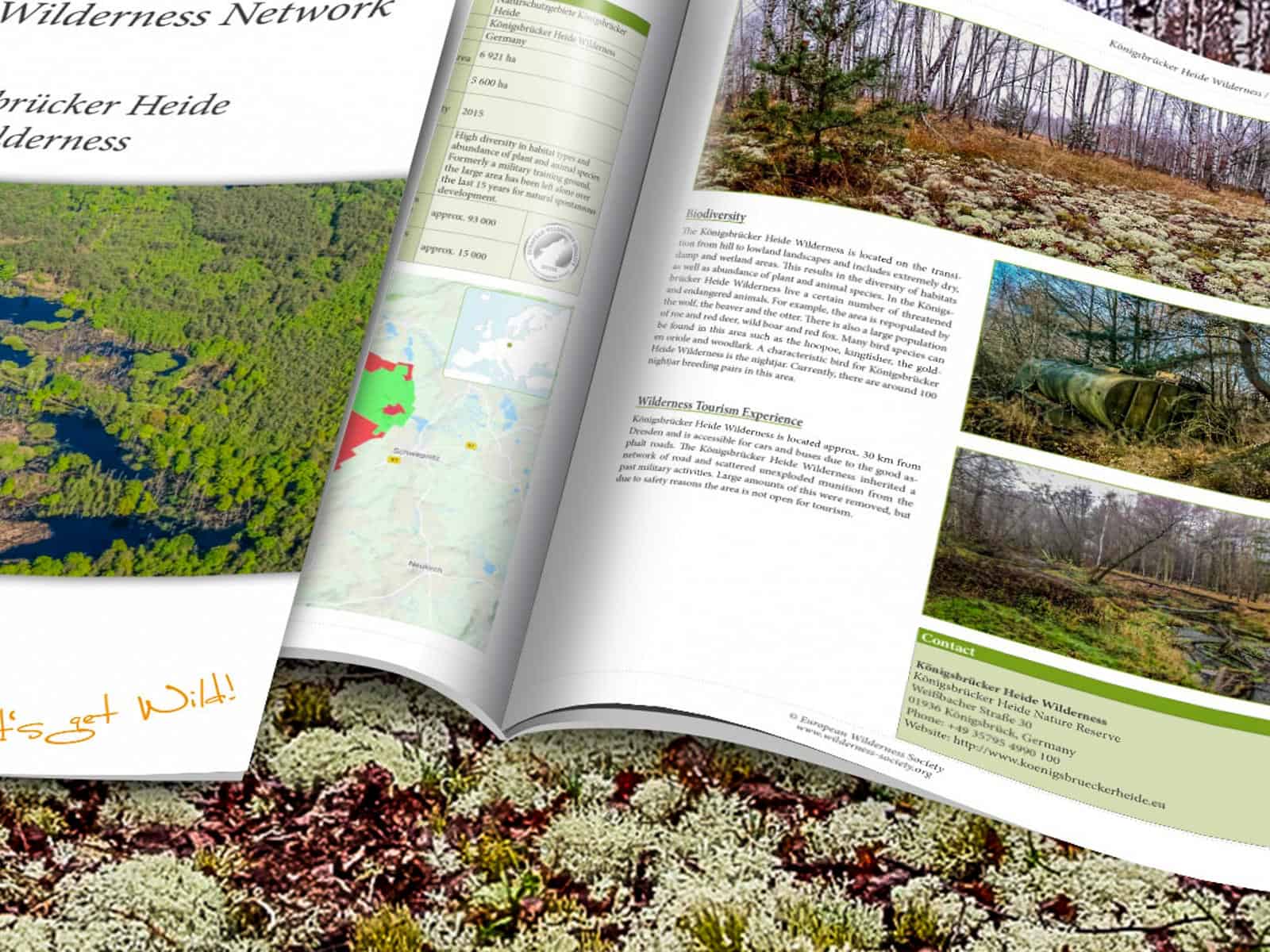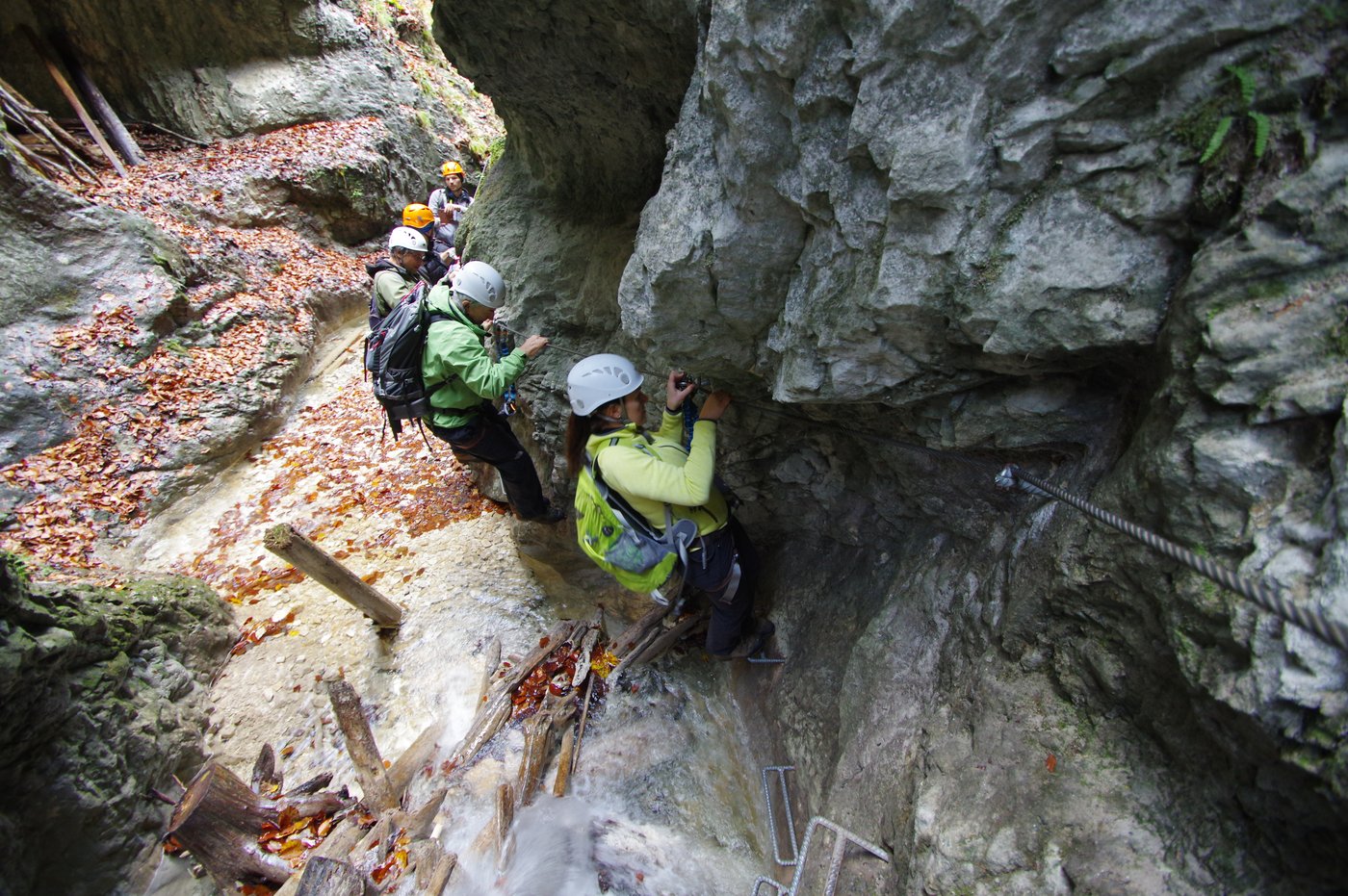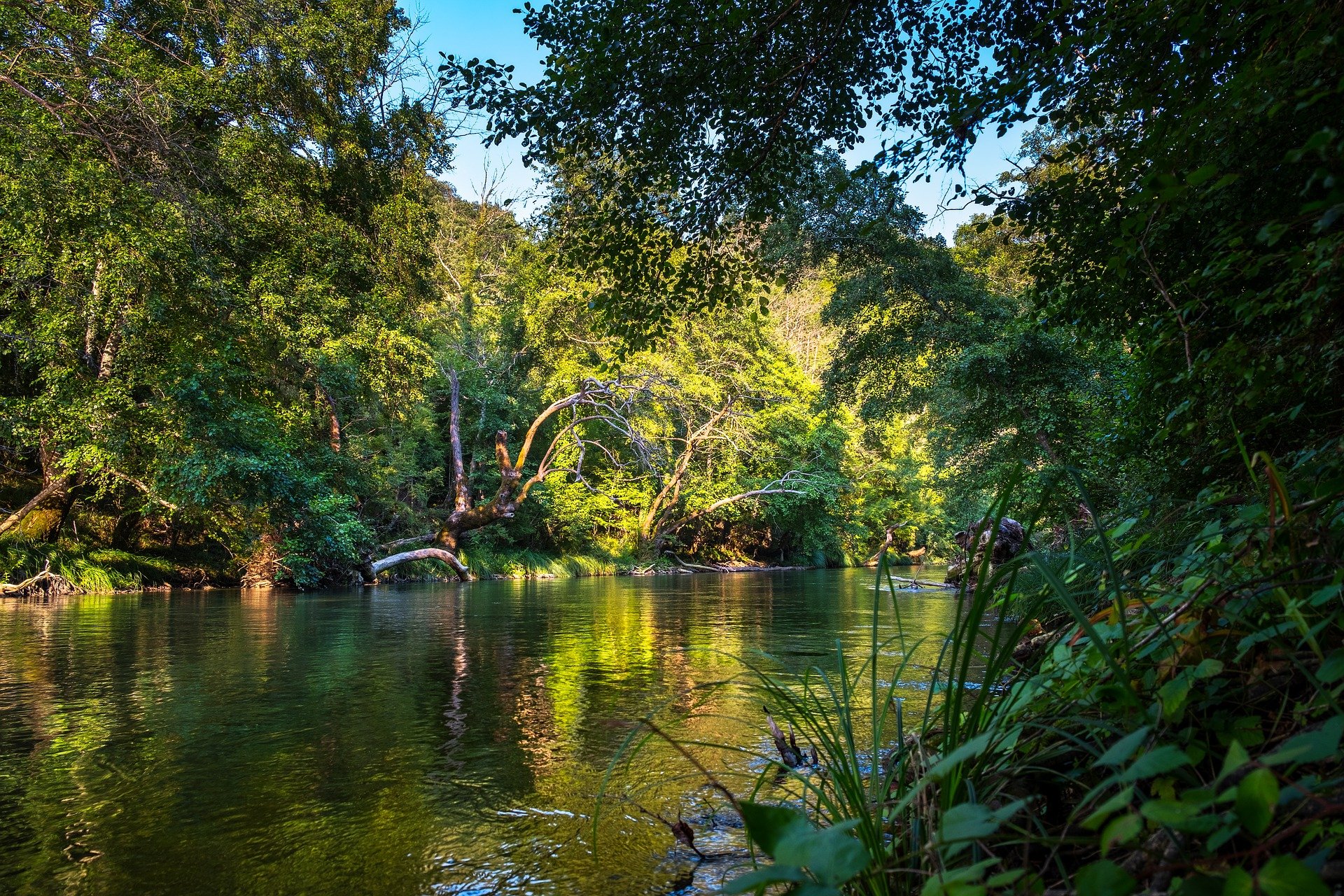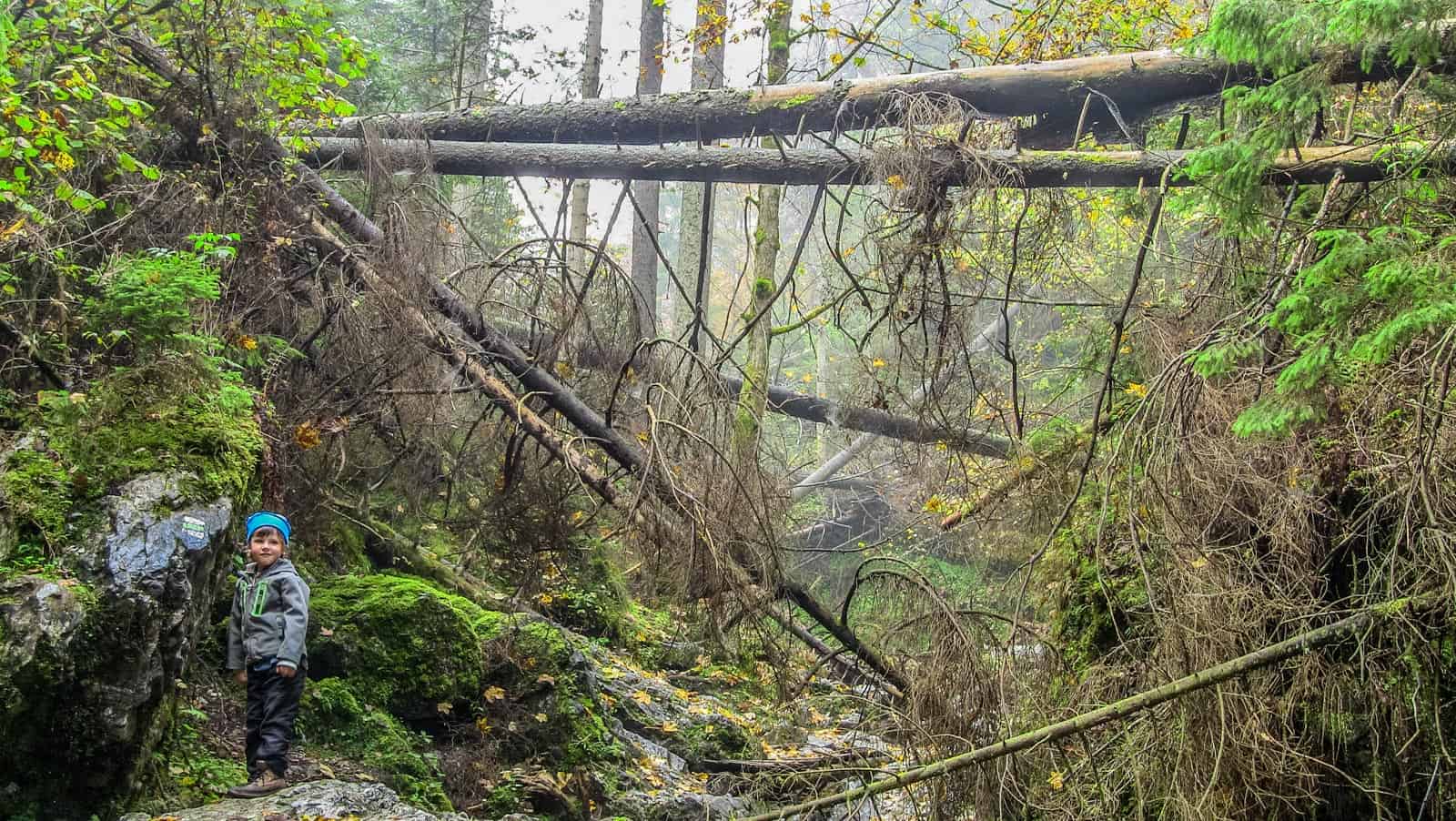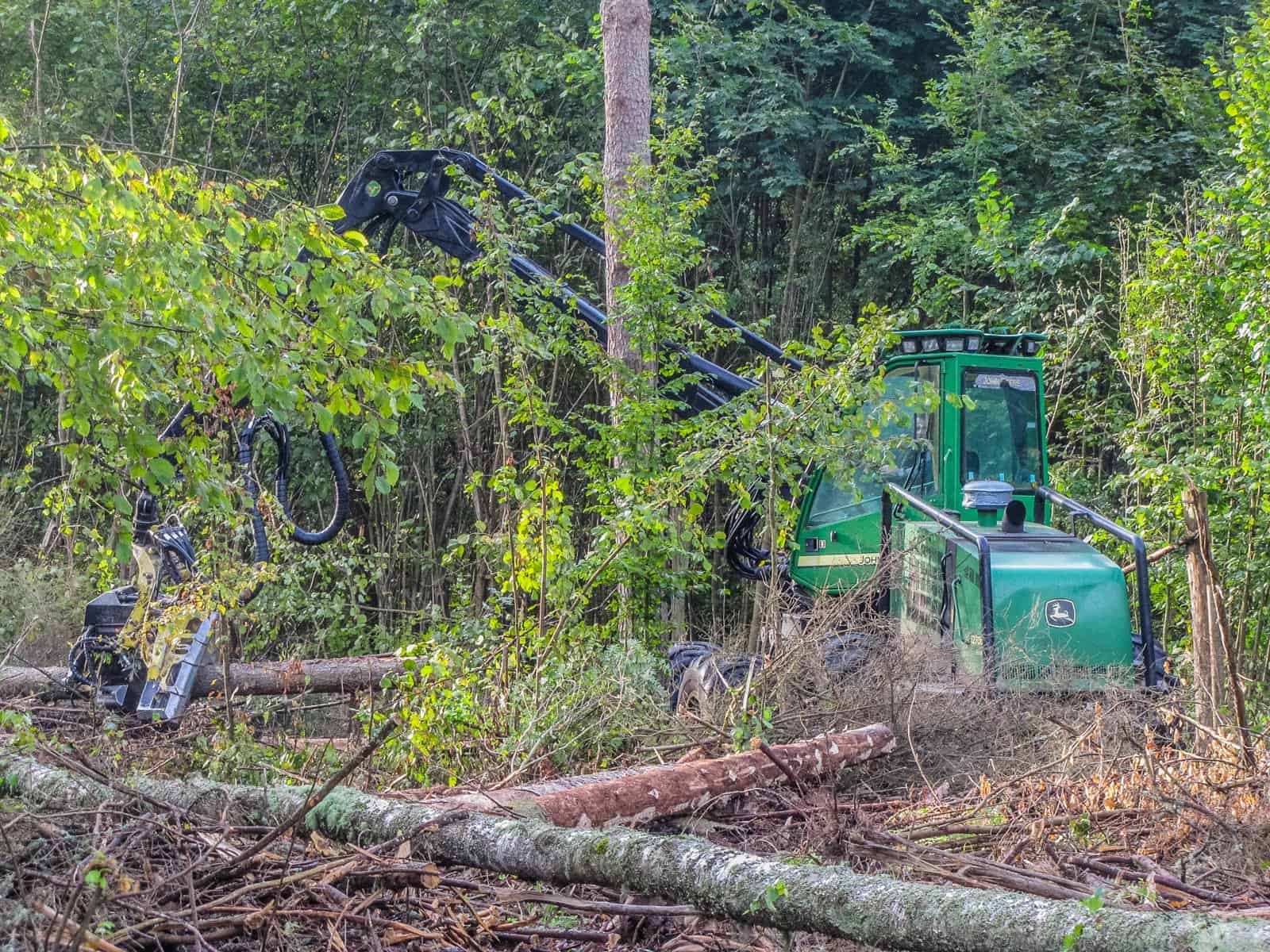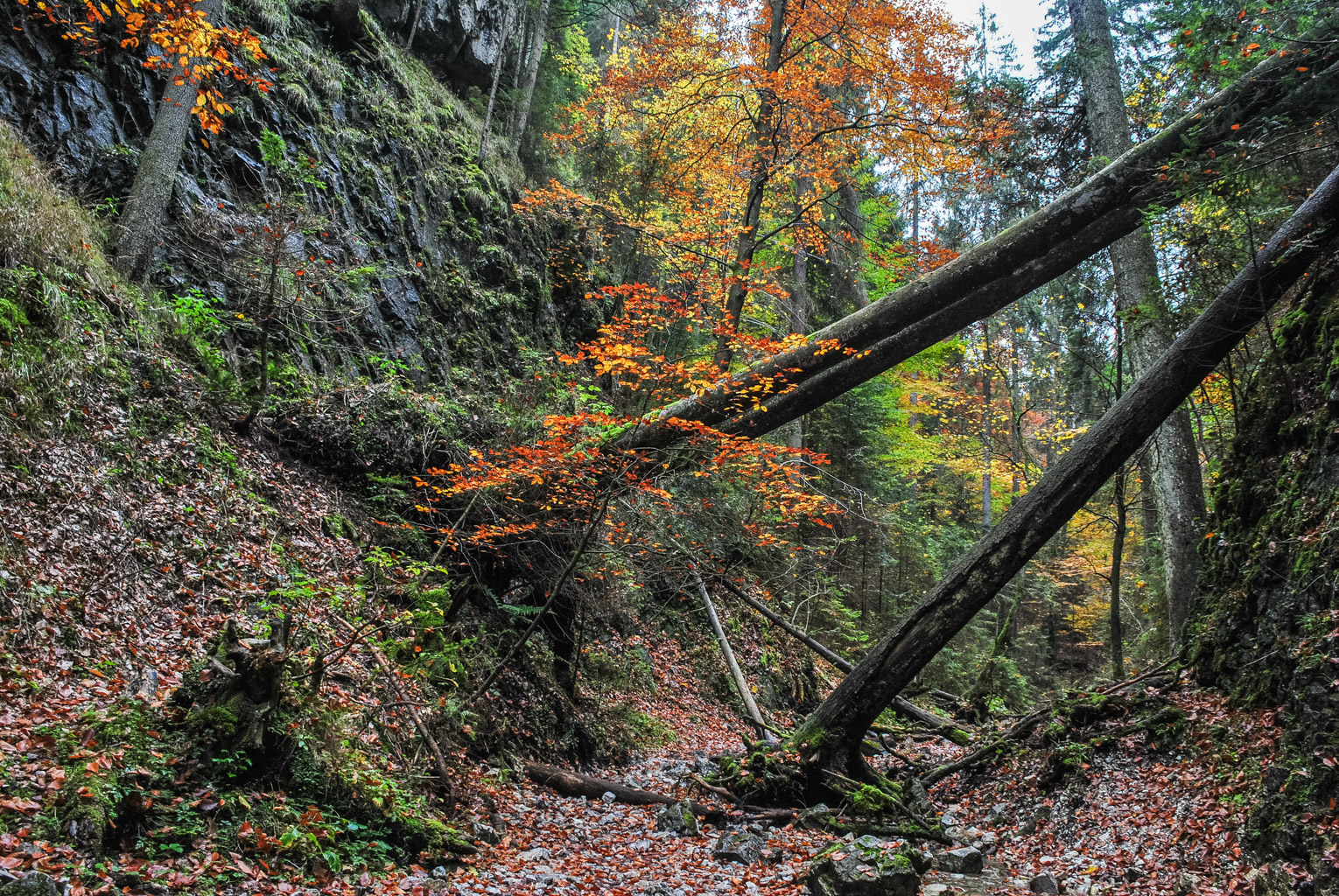Welcome to the nest of a who?
Imagine if you had a chance to access Wilderness at its finest without even having to leave your house. And, no, it has nothing to do with Netflix! What we are about to share with you today is a unique experience, provided to us by the Latvian Nature Fund (LNF).
LNF and its nest monitoring project
LNF is one of the key environmental NGOs in Latvia that has been effectively protecting and conserving Latvian nature since the early 1990s. Up to this date, the organisation has run over a hundred successful projects, conducted the essential spatial planning procedures as well as participated in the overall decision-making and consulting practices. As a result, such activities have established the LNF as a valuable nature protection partner, the role of which has since then expanded to the national strategy preparations and adaptations.
Out of the numerous exciting projects, one of the LNF’s key dedications has been the monitoring of certain bird species’ nests. In itself, the monitoring process is crucial for general species preservation practices in that it helps to track the trends in the reproductive biology of birds. For instance, it allows to capture and analyse the exact trees that the birds choose for nesting, or the number of eggs they end up laying. Consequently, the former data then helps to understand which trees should be preserved better for this species to continue to nest successfully. The latter data helps to track the general bird population numbers.
Sneak peak into the nest of…
Having said this, today you are very welcome to visit the nest of one of the most beautiful, fierce and powerful birds out there, which:
- can reach speeds up to 70km per hour;
- have the largest wingspan of any other bird species of this type; and
- are the apex predators i.e. there is no predator higher than this bird species in their respective food chain.
In case you haven’t guessed it already, we are talking about the great White-tailed Eagle!
By playing the video, you will find yourself transferred right into the nest of the White-tailed Eagle, located in Durbane, Latvia. One of the most surprising facts about this nest is that it is built at the top of a spruce, which, by this bird species, is chosen very rarely. Most often, the nests are rather built at the top of the pines, firs, oaks, or hickories.
Furthermore, you can also spot three eggs in the nest. This is the common amount of eggs to be laid by the White-tailed Eagle. Since they were laid in early March, and since the incubation usually lasts for about a month the young birds should arrive shortly. The youngsters will then start flying when they are about two and a half months old, which means that your wilderness-watching expedition can be prolonged until the early summer. And, since there are not many opportunities to travel around at the moment, let us simply appreciate the beauty of such Wilderness from our home screens!

